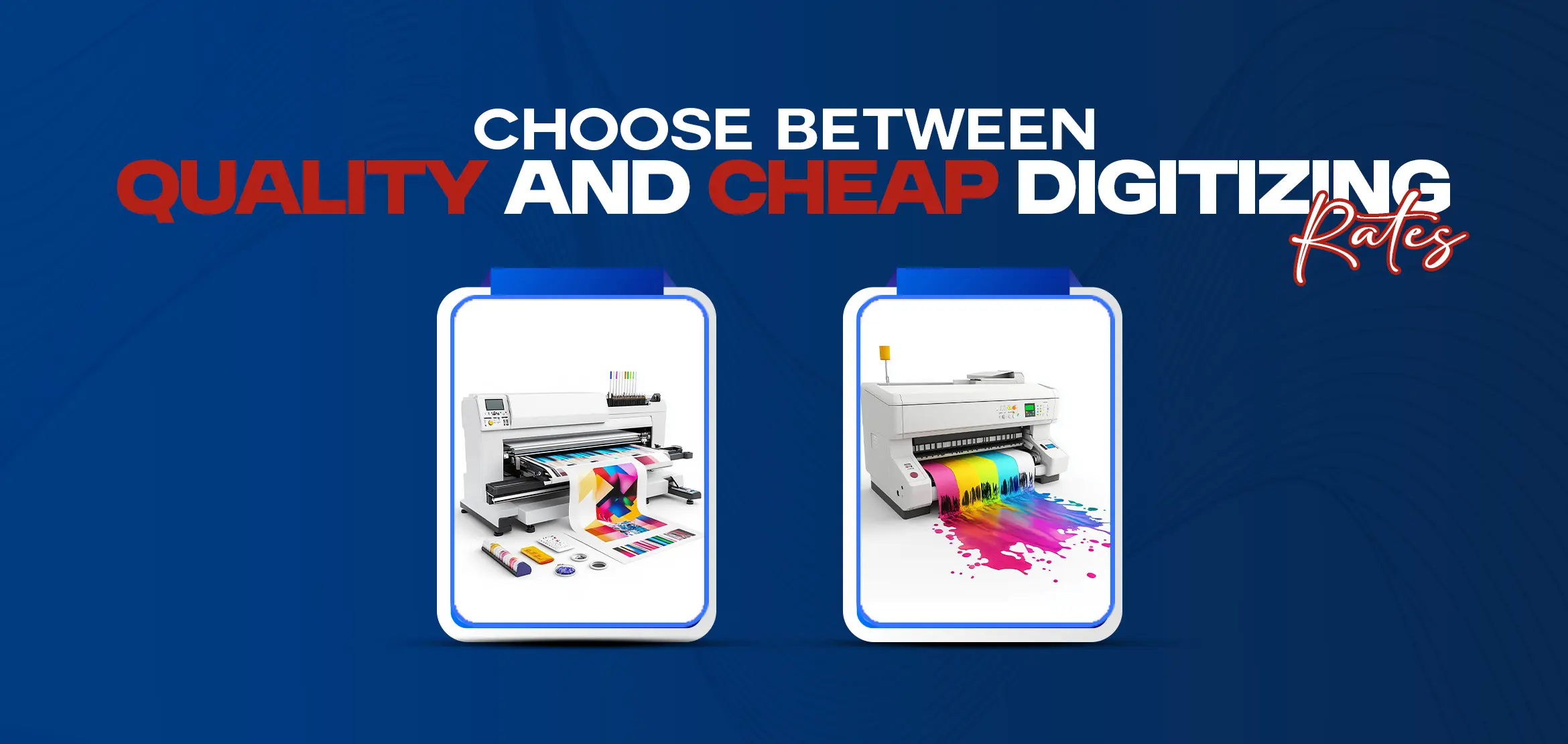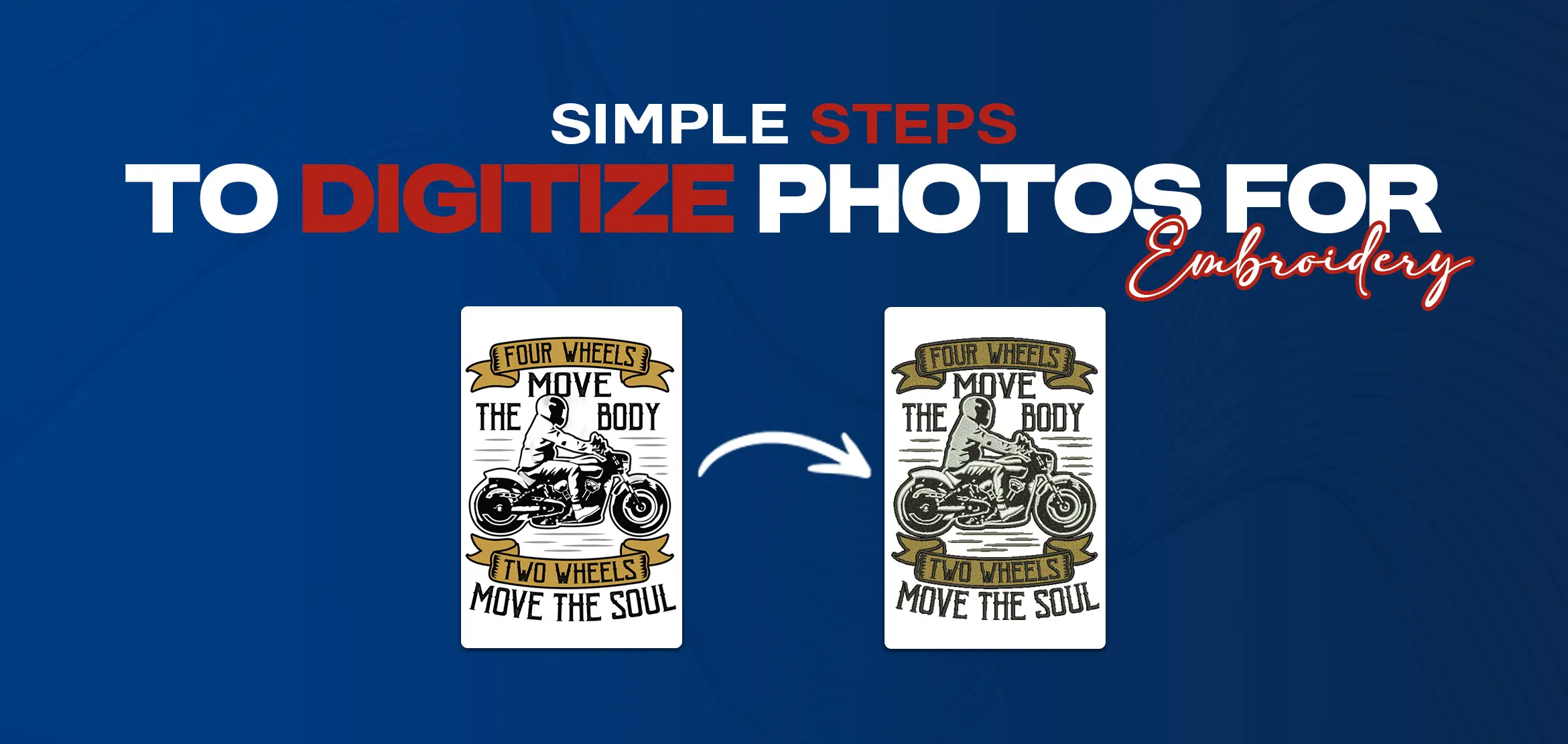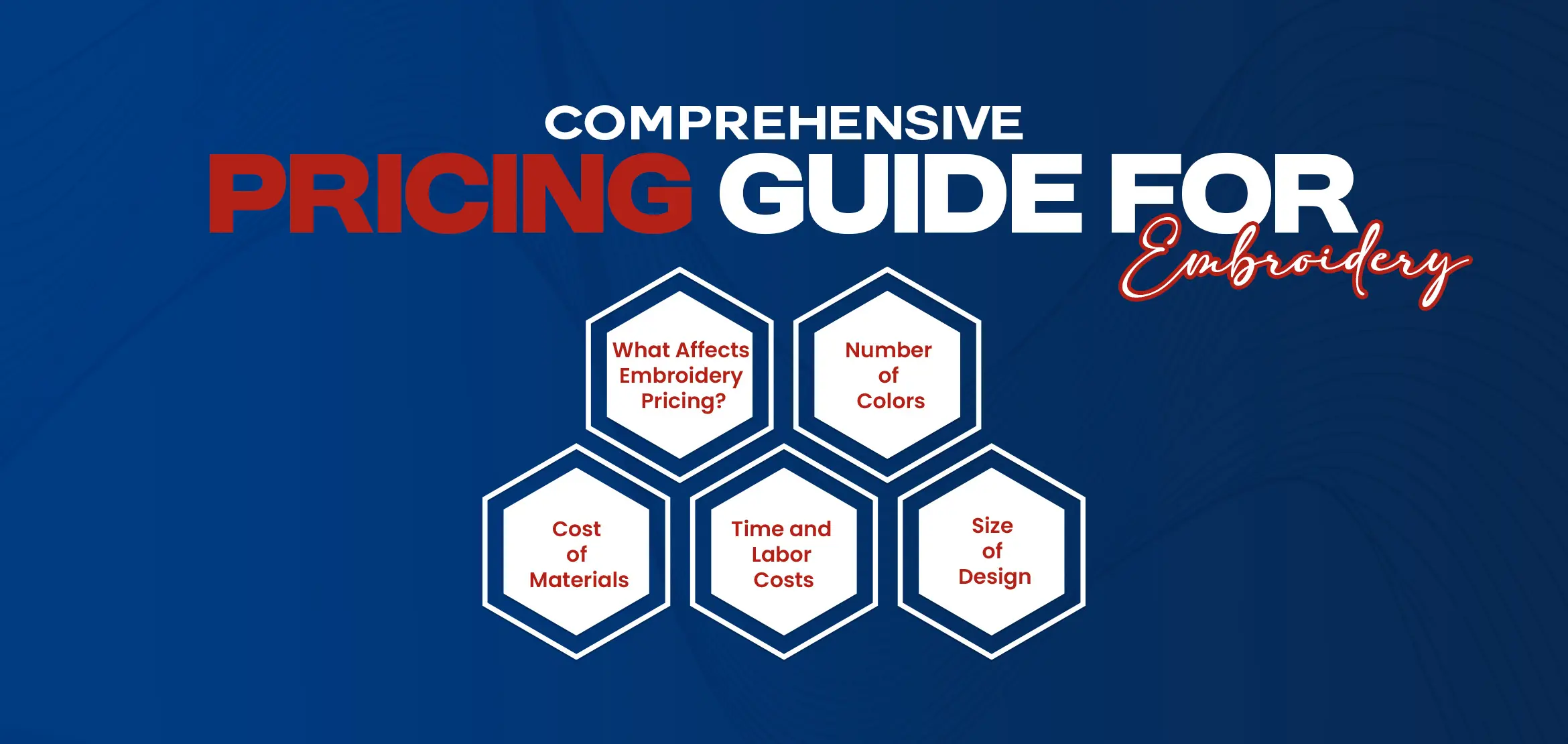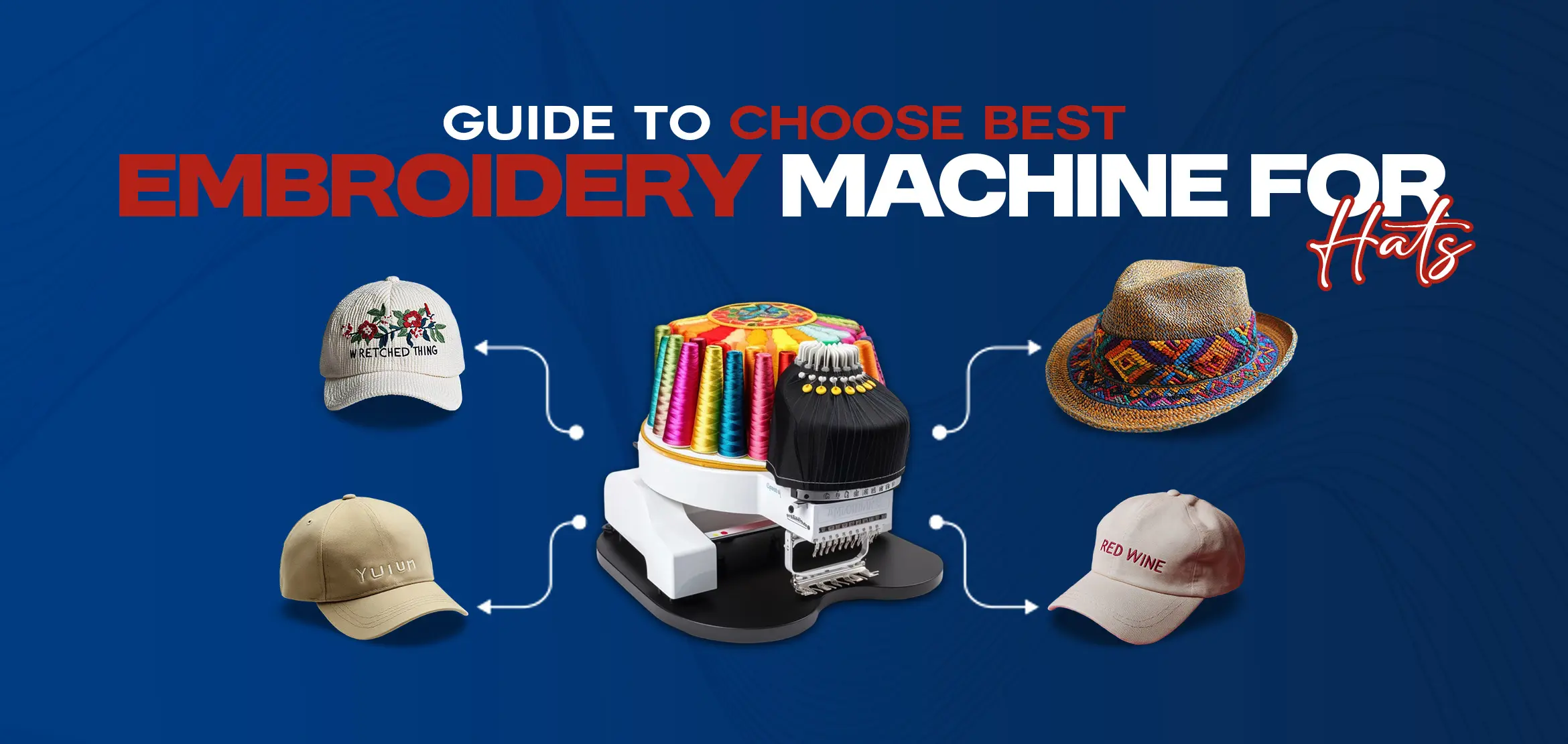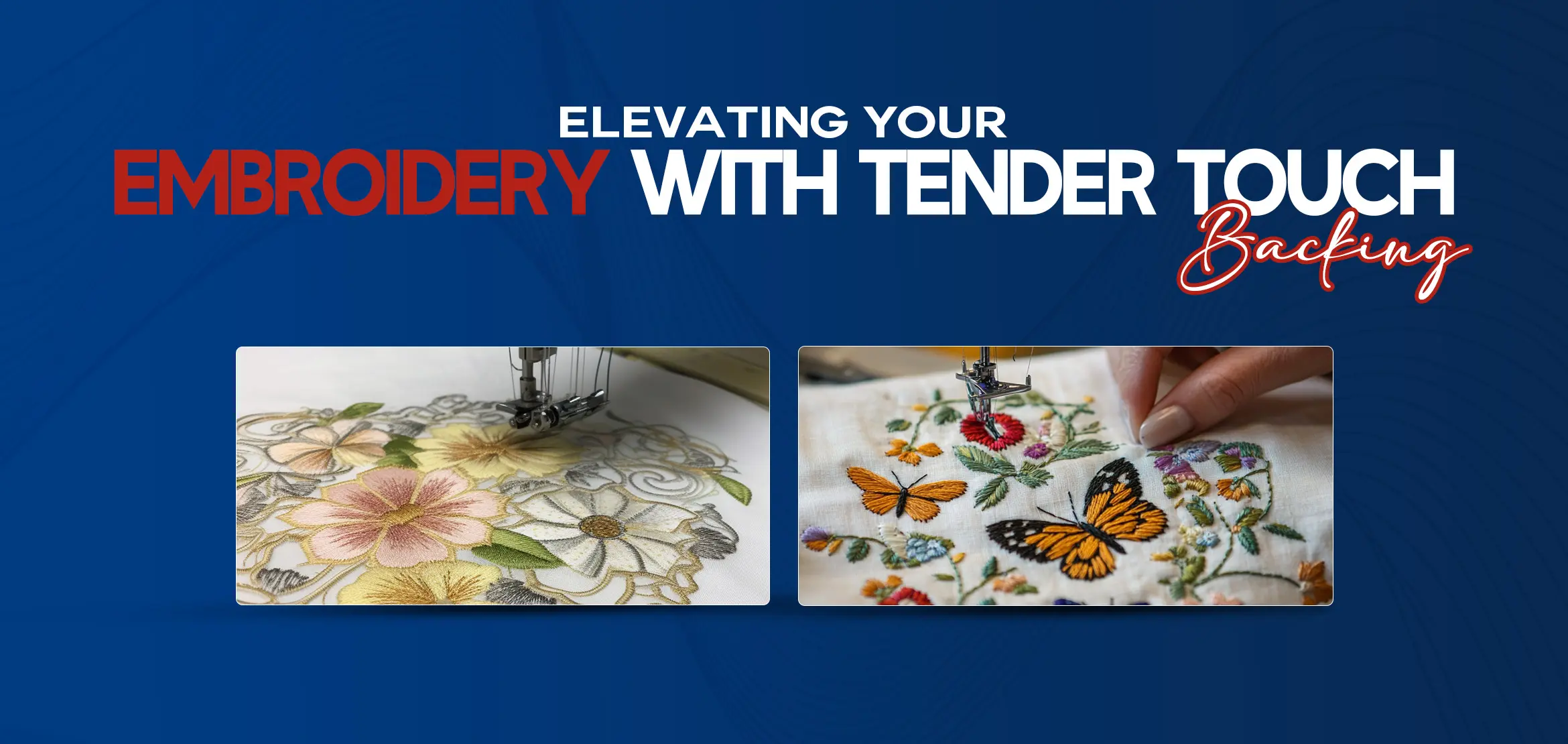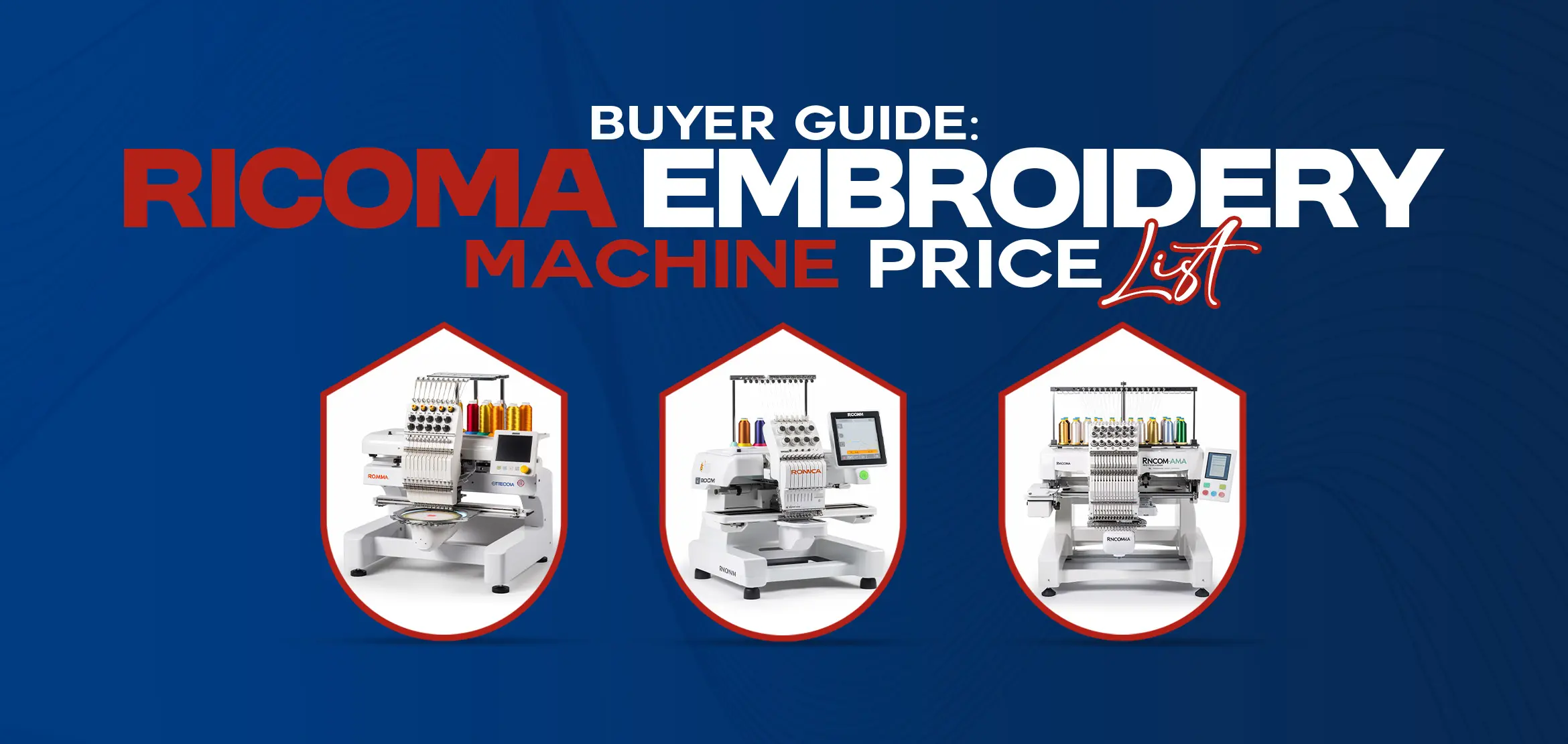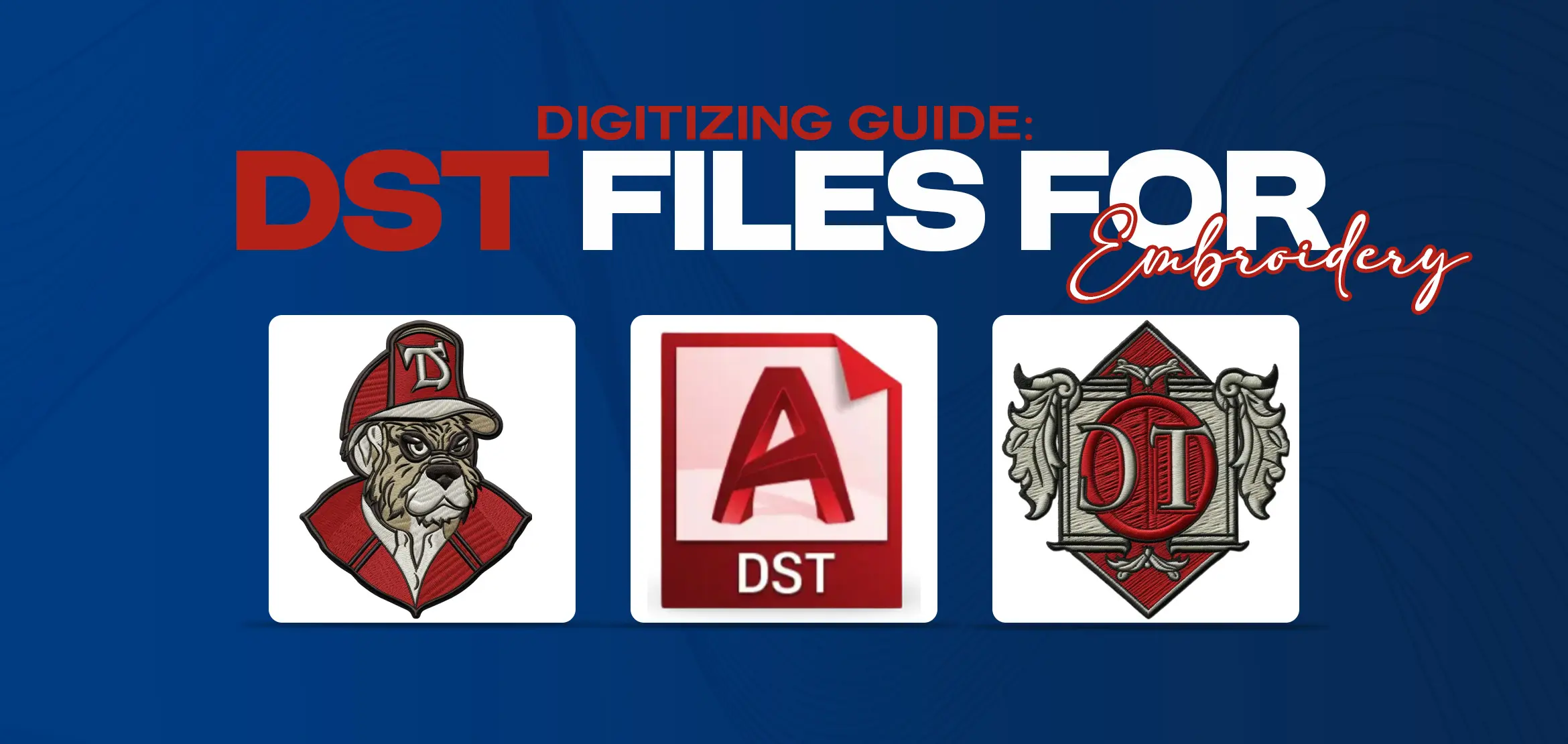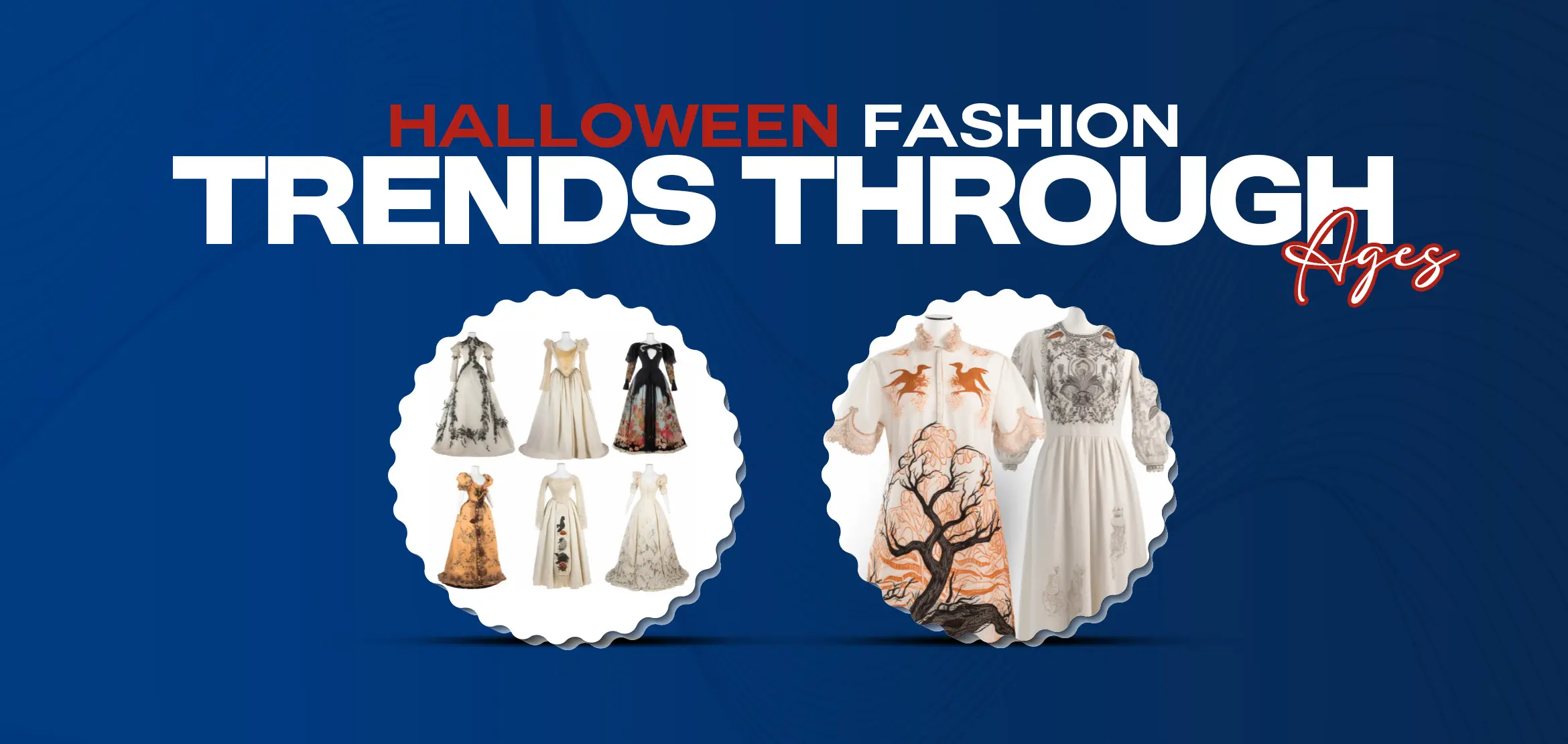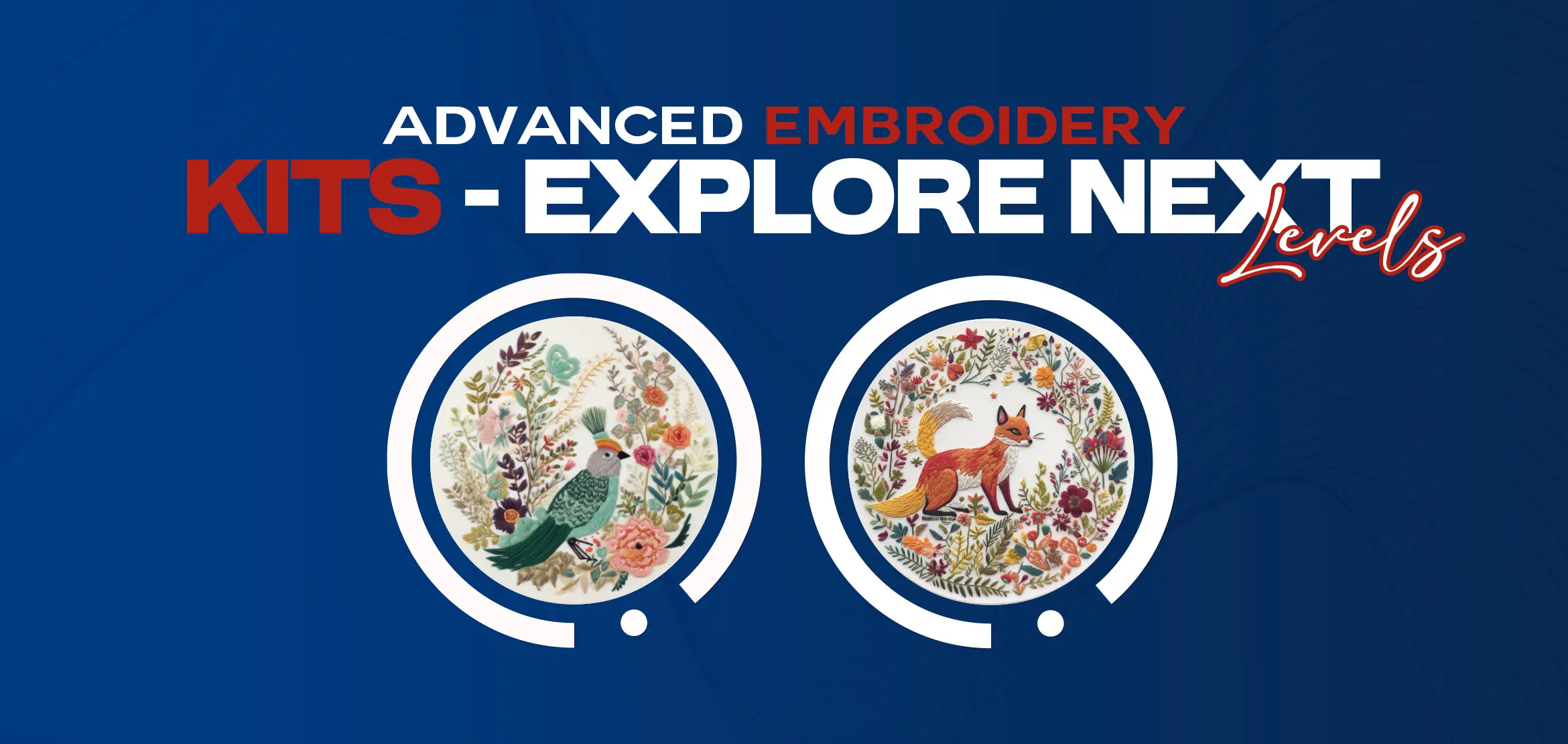
Advanced Embroidery Kits - Explore Next Levels
Table Of Content
- 1. Types of Advanced embroidery Kits Available
- 1. Crewel Embroidery Kits
- 2. Dimensional Embroidery Kits
- 3. 3D Woodland Advanced Hand Embroidery Craft Kits
- 2. Benefits of Advanced embroidery Kits
- 3. Materials Needed for Advanced Embroidery
- 3.1 Embroidery Thread: Enhancing Your Advanced Embroidery Kits
- 3.2 Embroidery Needle
- 3.3 Inch Beechwood Embroidery Hoop
- 3.4 Bullion Knots and Colonial Knots
- 4. Padded Satin Stitch and Needle Weaving Bar
- 5. Stem Stitch and Sawtooth Hook
- 1. Threading the Needle
- 2. Making the First Stitch
- 3. Continuing with Subsequent Stitches
- 4. Maintaining Tension
- 5. Creating Smooth Curve
- 6. Quilting Cotton Fabric and Reverse Chain Stitch
- 7. 3D Greenery and Applique Wood Trunk
- 8. Pistol Stitch and Crewel Work Kit
- 9. Detailed Printed Instructions
- 10. Conclusion
- Frequently Asked Questions (FAQs)
Advanced Embroidery kits are complete packages that include all the necessary materials and instructions needed to create beautiful hand-stitched designs. These kits are perfect for both beginners and experienced embroiderers who want to embark on new projects or explore advanced techniques. With a wide range of designs and patterns to choose from, embroidery kits cater to various interests and preferences. They typically come with high-quality embroidery threads, embroidery needles, and an inch beechwood embroidery hoop for hoop embroidery. Detailed printed instructions guide users through different stitches and techniques, making it easy to learn and practice. Some advanced embroidery kits even include specialty items like a needle weaving bar, sawtooth hook, or padded satin stitch. Beyond traditional thread embroidery, there are also 3D embroidery kits available, which allow for three-dimensional effects. With these kits, crafters can create stunning and intricate designs that stand out. Whether you are a beginner looking to learn the basics or an experienced embroiderer seeking new challenges. Advanced embroidery kits offer a convenient and enjoyable way to indulge in the art of embroidery. There are several different types of advanced embroidery kits available for those looking to take their embroidery skills to the next level. These kits offer unique designs and techniques that can add depth and dimension to your embroidery projects. Crewel embroidery kits feature intricate and detailed designs, typically inspired by nature and the natural world. These kits often include a variety of stitches such as bullion knots, padded satin stitch, and stem stitch. They provide a great opportunity to learn and practice advanced hand embroidery techniques. Dimensional embroidery kits create a three-dimensional effect on the fabric, adding texture and depth to the design. These kits often include techniques such as needle weaving, reverse chain stitch, and sawtooth hook. The finished designs can be eye-catching and unique. These kits take embroidery to a whole new level by incorporating elements of three-dimensional art. They often feature intricate and realistic designs of animals, plants, and scenery. These kits may include advanced techniques such as applique digitizing, embroidery thread painting, and three-dimensional greenery. Each type of advanced embroidery kit offers its own set of challenges and rewards. Whether you're interested in crewel embroidery, dimensional embroidery, or 3D woodland embroidery. There is a kit out there to help you expand your embroidery skills and create stunning, unique designs. Advanced embroidery kits offer a range of benefits and features that set them apart from basic kits. These kits provide users with more creativity and versatility, allowing them to create intricate and stunning designs using advanced stitching techniques. One of the main advantages of advanced embroidery kits is the opportunity to create unique and detailed projects. These kits often include designs inspired by nature and the natural world, allowing users to bring these elements to life through their embroidery. Whether it's a crewel embroidery kit featuring intricate floral patterns or a 3D woodland advanced hand embroidery craft kit showcasing realistic animals and scenery. These kits offer endless possibilities for creativity. In addition to the unique designs, advanced embroidery kits also provide the opportunity to explore and master advanced stitching techniques. Techniques such as three-dimensional embroidery, padded satin stitch, and needle weaving bar. Can add depth and texture to the designs, elevating the finished projects to a whole new level. These techniques not only enhance the visual appeal of the embroidery. But also offer a chance to enhance embroidery skills and expand one's repertoire of stitching techniques. Overall, the benefits of advanced embroidery kits are clear. They provide users with the ability to create intricate and detailed projects, explore advanced stitching techniques, and enhance their embroidery skills. With these kits, the possibilities for creativity are endless, allowing embroiderers to take their craft to new heights. When it comes to advanced embroidery, having the right materials is crucial for creating stunning and intricate designs. While the specific materials needed may vary depending on the project, there are some key essentials that every advanced embroidery kit should include. First and foremost, high-quality embroidery thread is essential for achieving smooth and detailed stitches. Opt for a variety of colors to add depth and dimension to your designs. Additionally, an assortment of embroidery needles in different sizes will allow for greater flexibility and precision in stitching. An inch beechwood embroidery hoop is another essential tool that will help keep your fabric tensioned and prevent puckering. For adding texture to your designs, consider including specialty tools such as a needle weaving bar or a sawtooth hook. Lastly, choose a fabric that suits your project, whether it's quilting cotton for a soft and durable finish or a specific type of fabric such as applique wood trunk for added visual interest. With these materials in hand, you'll be well-equipped to take your embroidery skills to the next level and create stunning works of art. One of the key components in advanced embroidery kits is the embroidery thread. There are various types of threads specifically designed for different embroidery techniques and effects. Let's explore some commonly used embroidery threads and their unique features. First is the versatile stranded cotton, a popular choice for both beginners and experienced stitchers. This thread is composed of six strands that can be separated to achieve different thicknesses. Stranded cotton comes in a vast array of colors, making it suitable for intricate designs and adding depth to your embroidery. Silk floss, on the other hand, is known for its radiant and luxurious appearance. Made from natural silk fibers, it creates a smooth and glossy effect on your embroidered art. Silk floss is commonly used in fine embroidery projects and for adding extra vibrancy to intricate details. For those seeking a touch of glamor, golden embroidery thread is the go-to choice. It adds a shimmering effect that captures light, perfect for embellishing your embroidery designs with a touch of elegance. Variegated thread offers a unique gradient effect by blending different colored strands together. This creates a stunning visual impact, particularly suitable for creating dynamic backgrounds or adding depth and texture to your embroidery. Choosing the right embroidery thread is crucial as it can greatly impact the final outcome of your project. Whether you are aiming for a bold and vivid design or a delicate and intricate piece. Understanding the attributes and uses of each thread type will help you achieve the desired effect. Incorporating different types of embroidery thread in your advanced embroidery kits allows you to explore a diverse range of techniques and creative possibilities. Ensuring your embroidery projects stand out with their captivating beauty. Embroidery needles are an essential component of advanced embroidery kits. There are various types of needles designed for specific embroidery techniques and effects. Let's explore the different types of embroidery needles and their specific uses. Sharp needles, also known as embroidery needles, have a sharp point and are ideal for fine and detailed work. They easily pierce through fabric, allowing you to create intricate designs with precision. Sharp needles come in different sizes, with smaller sizes such as 5/10 or 7/12 suitable for lightweight fabrics and fine threads. While larger sizes like 9/16 or 10/22 are more appropriate for heavier fabrics and thicker threads. Crewel needles, on the other hand, have a medium length and a slightly blunted point. They are commonly used for surface embroidery and crewel work, providing a good balance between sharpness and control. Crewel needles are suitable for various fabrics and threads, making them a versatile choice for different embroidery projects. When selecting needle sizes, it is important to consider the fabric and thread you are using. Smaller needles are recommended for delicate and lightweight fabrics. While larger needles work best with heavier fabrics and threads. In addition to sharp and crewel needles, there are other options available to cater to specific embroidery needs. Milliners needles, for example, have a long and round eye, making them perfect for creating smooth curves and decorative techniques. Tapestry needles, on the other hand, have a large eye and a blunt point, which is ideal for working with thicker threads or yarns. The inch beechwood embroidery hoop is a must-have embroidery tool for advanced projects. This hoop comes with a range of features and benefits that make it the preferred choice for many embroidery enthusiasts. One of the key advantages of the inch beechwood embroidery hoop is its ability to securely hold the fabric in place. The inner and outer hoops have a tight grip, ensuring that the fabric remains taut throughout the stitching process. This helps to prevent wrinkles and puckering, making it easier to create precise and detailed embroidery designs. Furthermore, the beechwood material used in this hoop offers exceptional durability. It can withstand the pull and tension of embroidery threads without warping or bending. This means that the hoop can be used repeatedly for multiple projects, making it a cost-effective choice for advanced embroiderers. In terms of aesthetic appeal, the inch beechwood embroidery hoop adds a touch of elegance to any embroidery project. The natural wood finish provides a classic and timeless look, enhancing the overall presentation of the finished piece. This makes it a great tool for those who value not only functionality but also style. In advanced embroidery, two popular techniques that add texture and dimension to a design are bullion knots and colonial knots. These intricate knots are perfect for creating stunning effects and adding unique details to your embroidery projects. Bullion knots: are created by wrapping the embroidery thread around the needle multiple times. To make a bullion knot, insert the needle through the fabric at the desired location. Then, wrap the thread around the needle a certain number of times, depending on the desired thickness of the knot. Next, carefully pull the needle through the wraps, holding the wraps in place to create a coiled effect. Gently tighten the knot by pulling the thread and securing it to the fabric. Colonial knots: are similar to bullion knots but are smaller and quicker to create. To make a colonial knot, insert the needle through the fabric and bring it back up to the surface. Then, twist the thread around the needle once in a clockwise direction. Insert the needle back into the fabric close to the entry point and carefully pull the thread through to form a small, tight knot. Repeat this process as needed to create the desired effect. Both bullion knots and colonial knots require practice and patience to master. However, once you become comfortable with these techniques. You can create stunning coiled effects and add intricate details to your advanced embroidery projects. Experiment with different thread colors and knot sizes to unleash your creativity and enhance the overall beauty of your designs. Padded satin stitch is a technique in advanced embroidery that adds texture and dimensionality to a design. It involves using layers of padding under the satin stitches to create a raised effect on the fabric. To create padded satin stitch, start by outlining the shape or area you want to fill with small running stitches. Next, lay down rows of padding stitches within the outline, either horizontally or vertically, depending on the shape. The padding stitches should be close together and evenly spaced. Once the padding is complete, start embroidering the satin stitches over the padding. These stitches should be smooth and closely packed together, covering the padding completely. The result is a raised and textured surface that adds depth and interest to the embroidery piece. In addition to padded satin stitch, a needle weaving bar technique can be used to add intricate details to the design. A needle weaving bar is a thin metal or plastic strip with evenly spaced holes. To use the needle weaving bar, insert the needle and thread through one of the holes and bring it up to the surface of the fabric. Then, pass the needle under the fabric, bringing it back up through another hole. Repeat this process, alternating the direction of the weaving, until you achieve the desired pattern or texture. This technique allows for precise and delicate weaving, adding stunning details to the advanced embroidery piece. By combining padded satin stitch and the needle weaving bar technique. You can create visually captivating and intricate designs that showcase the artistry of advanced hand embroidery. The textured surfaces and intricate details achieved through these techniques make advanced embroidery truly remarkable and unique. To create a stem stitch in advanced embroidery, a sawtooth hook can be used to achieve precise and even stitches. Here is a step-by-step guide on how to execute this technique: Start by choosing a suitable embroidery thread and threading it through the eye of a sharp embroidery needle. Make sure the thread is securely attached to the needle. Bring the needle up through the fabric, starting at the desired starting point of your stem stitch. Pull the thread through until a small loop remains on the surface. Insert the needle back into the fabric slightly ahead of the loop, at a distance that suits your desired stitch length. Keeping the thread underneath the needle, pull the needle and thread through until the loop is snug against the fabric. As you continue the stitch, ensure that the tension of the thread remains consistent throughout. This will contribute to the overall evenness of the stitch. To stitch smooth curves, make smaller stitches on the inside of the curve and longer stitches on the outside. By gradually adjusting the stitch length, you can achieve a fluid and graceful curve in your advanced embroidery design. By incorporating the sawtooth hook technique, you can enhance the precision and uniformity of your stem stitches in advanced embroidery. The sawtooth hook aids in maintaining an even tension and allows for smooth curves. Resulting in a professional and polished finish to your embroidery piece. Quilting cotton fabric is a versatile and popular choice for advanced embroidery projects. Its smooth and crisp texture makes it easy to work with, allowing for precise and intricate stitching. It is commonly used for both hand and machine embroidery, making it suitable for a wide range of designs and techniques. When using quilting cotton fabric for embroidery, it is important to select a high-quality fabric that is free from wrinkles and imperfections. This ensures that your stitches will be even and smooth, resulting in a polished finished look. Additionally, pre-washing the fabric can help prevent shrinking or distortion of the embroidery. One technique that can be utilized with quilting cotton fabric is the reverse chain stitch. This stitch creates a series of linked loops, resembling a chain, on the surface of the fabric. It is often used to outline intricate designs or add decorative borders to embroidery pieces. The reverse chain stitch allows for precise control and can create stunning visual effects when combined with other stitches and techniques. The reverse chain stitch is created by first bringing the needle up through the fabric at the starting point. Then, instead of pulling the thread all the way through, bring the needle back down through the fabric, creating a small loop on the surface. Insert the needle back up through the fabric, inside the loop, and pull it through until the loop is snug against the fabric. Repeat this process, linking the loops together to form the chain. Advanced embroidery kits offer the opportunity to create stunning and intricate designs, including 3D greenery and applique wood trunk motifs. These designs add depth, dimension, and a touch of realism to your embroidery projects. To achieve these effects, certain techniques, materials, and stitching methods are required. To create 3D greenery, such as leaves and vines, in your embroidery, you will need quilting cotton fabric in various shades of green. Cut out leaf shapes from the fabric and use needle weaving bars to give them a raised appearance. Attach the leaves to the main fabric using the applique technique, securing them with a stitch like a stem stitch. For the applique wood trunk, select a textured fabric that resembles the bark of a tree. Cut out the shape of the trunk and attach it to the main fabric using a needle and thread, ensuring that it is securely sewn in place. To add dimension and texture to the trunk, use stitches like the padded satin stitch or the bullion knot. These stitches create a raised effect, giving the appearance of wood grain and texture. To enhance the realism of the design, consider adding additional embroidery embellishments such as french knots for the texture of tree bark and three-dimensional foliage. These details will make your embroidery truly stand out and bring your design to life. By using these stitching techniques, fabric manipulation, and embroidery embellishments. You can create beautiful, lifelike 3D greenery and applique wood trunk designs in your advanced embroidery projects. One of the advanced embroidery techniques that can be achieved using a crewel work kit is the pistol stitch. This stitch is commonly used to create intricate and detailed designs in crewel work embroidery. Here is a step-by-step guide on how to create the pistol stitch using an advanced embroidery kit: 1. Begin by threading your embroidery needle with a suitable embroidery thread that matches your design. 2. Bring the needle up through the fabric at the desired starting point of your stitch. 3. Create a small vertical stitch by inserting the needle back down into the fabric and coming back up a short distance away from the starting point. 4. Hold the loop created with your non-dominant hand and bring the needle through the loop, ensuring that the thread remains on top of the loop. 5. Pull the needle gently to tighten the loop and create a "pistol" shape. 6. Repeat steps 2-5 to create additional pistol stitches, following the desired pattern or design. The pistol stitch is an excellent technique for adding depth and dimension to your crewel work embroidery. It can be used to create intricate floral motifs, delicate scrollwork, or detailed accents in your designs. Experiment with different thread colors, stitch lengths, and placement to achieve unique effects. With practice and patience, you can master the pistol stitch and create stunning embroidered pieces with your advanced embroidery kit. Detailed printed instructions are an essential component of advanced embroidery kits. They play a crucial role in providing step-by-step guidance to users. Ensuring they understand the techniques and stitches needed to achieve the desired design. These instructions serve as a roadmap for users, breaking down the embroidery process into manageable steps. They provide clear and concise explanations of various stitches and techniques, empowering embroiderers to create intricate and beautiful designs. In order to be effective, detailed printed instructions should include key elements such as the materials needed for the project. This ensures that users have all the necessary supplies before they begin. The instructions should also provide clear stitch instructions, explaining how to execute each stitch accurately. Additionally, including additional tips and tricks in the instructions enhances the user's embroidery experience. These tips can include valuable insights on thread tension, fabric choice, or ways to troubleshoot common challenges. In summary, detailed printed instructions in advanced embroidery kits offer step-by-step guidance. Providing users with the knowledge and skills needed to execute complex stitches and techniques. By including materials needed, stitch instructions, and additional tips, these instructions empower embroiderers to successfully create stunning and intricate designs. Advanced embroidery kits open the door to a world of intricate hand-stitched designs suitable for both beginners and seasoned embroiderers. From Crewel and Dimensional Embroidery Kits to 3D creations, these kits offer diverse designs and advanced techniques. They empower users to craft unique projects inspired by nature, along with opportunities to master stitches like padded satin, needle weaving, and bullion knots. With essential materials like quality threads, an inch beechwood hoop, and specialty tools, you can achieve precise and detailed results. Explore a range of embroidery threads and needles to enhance your work's visual impact. Quilting cotton fabric complements advanced embroidery, especially when paired with techniques like the reverse chain stitch. Techniques such as 3D greenery and applique wood trunk motifs, along with stitches like the pistol stitch, elevate your creations to lifelike art pieces. Detailed printed instructions provide essential guidance on your embroidery journey, breaking down complex techniques for a successful, creative experience. Dive into the world of advanced embroidery and unlock your artistic potential with our Embroidery Digitizing Services USA. Q1. Who are advanced embroidery kits suitable for? Advanced embroidery kits cater to both beginners and experienced embroiderers. They offer a wide range of designs and techniques, making them accessible to anyone interested in exploring the art of embroidery at a deeper level. Q2. What materials are typically included in advanced embroidery kits? These kits often include high-quality embroidery threads, a beechwood embroidery hoop, specialty tools like needle weaving bars or sawtooth hooks, and detailed printed instructions. The specific materials may vary depending on the kit's focus and design. Q3. What are the benefits of using quilting cotton fabric for advanced embroidery? Quilting cotton fabric is favored for its smooth and crisp texture, which allows for precise and intricate stitching. It's versatile, making it suitable for various embroidery techniques, and when used with the reverse chain stitch, it can create stunning visual effects. Q4. How do I choose the right embroidery thread for my advanced embroidery project? The choice of embroidery thread depends on your project's desired effect. Stranded cotton offers versatility, silk floss provides a luxurious look, metallic thread adds shimmer, and variegated thread creates gradient effects. Select the thread type that aligns with your design goals. Q5. What is the significance of detailed printed instructions in advanced embroidery kits? Detailed printed instructions serve as a roadmap for users, offering step-by-step guidance on stitches and techniques. They ensure that embroiderers have the knowledge and skills needed to execute complex designs successfully, making them an invaluable resource for both beginners and experts.1. Types of Advanced embroidery Kits Available
1. Crewel Embroidery Kits
2. Dimensional Embroidery Kits
3. 3D Woodland Advanced Hand Embroidery Craft Kits
2. Benefits of Advanced embroidery Kits
3. Materials Needed for Advanced Embroidery
3.1 Embroidery Thread: Enhancing Your Advanced Embroidery Kits
3.2 Embroidery Needle
3.3 Inch Beechwood Embroidery Hoop
3.4 Bullion Knots and Colonial Knots
4. Padded Satin Stitch and Needle Weaving Bar
5. Stem Stitch and Sawtooth Hook
1. Threading the Needle
2. Making the First Stitch
3. Continuing with Subsequent Stitches
4. Maintaining Tension
5. Creating Smooth Curve
6. Quilting Cotton Fabric and Reverse Chain Stitch
7. 3D Greenery and Applique Wood Trunk
8. Pistol Stitch and Crewel Work Kit
9. Detailed Printed Instructions
10. Conclusion
Frequently Asked Questions (FAQs)
